Onions are an important vegetable crop widely appreciated for their distinctive flavor and multiple possibilities for use in the kitchen. Picking onions at the right time and storing them correctly is key to ensuring their long-term taste and shelf life. In this article, we’ll learn when is the ideal time to harvest onions, the signs that they’re ready to harvest, and the best ways to store them most effectively.
If you are passionate about horticulture and you love growing onionsread on to discover the secrets to successful collection and storage.
How to make onions thicker?
First let’s see some useful tips to help the swelling of onions in your home garden.
First, choose onion varieties that are known for their bulking potential. Some varieties are in fact more suitable for producing large and fleshy onions, an example are the famous red onions of Tropea.
At the cultural level, make sure that the soil is well drained, loose, light and with a good supply of organic matter. A soil with these characteristics allows the roots to develop in a healthy way, thus facilitating the swelling of the onions.
When growing onions in spring-summer, keep the soil constantly moist, but avoid overwatering. Regular and balanced irrigation favors the growth of onions, however excessive humidity can lead to rot or disease.
It is also important to plant the onions at an adequate distance from each other, so that they have enough room to spread out, at least 15-20cm. Good spacing allows the onions to grow unrestricted, thus promoting fattening.
Towards the end of the crop cycle, to favor the swelling of the onions, many practice bending the stem. This technique consists in folding the aerial part, i.e. the stem of leaves. This encourages the plant to concentrate more energy in the bulb, promoting enlargement.
When do you harvest onions from the ground?
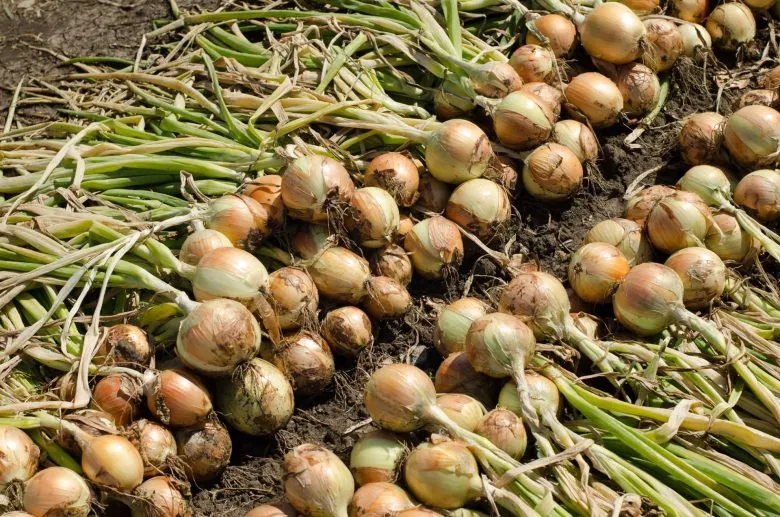
In peasant practice there are some key signals that indicate when the onions are ready to be harvested.
First look at the appearance of the leaves. When the aerial part of the plant begins to turn yellow and wither, it is a clear sign that the onions are ready for harvesting.
Also look carefully at the immediately upper part of the onions, called the neck. When the onions are ripe, the neck becomes thin. If the neck is still thick and swollen, the onions may not be fully ripe and may need to wait a little longer to harvest.
Ripe onions will generally be of a standard size and shape for the variety being grown. Familiarize yourself with the typical sizes of onions you are growing and compare them to onions from your garden. If the size matches or is close to the expected size, the onions may be ready to harvest.
You can also do a simple manual test to see if the onions are ripe. Gently press your finger against the outer skin of the onion underneath the soil. If the skin is firm and resistant to pressure, it is a sign that the onion is ripe. If the leather is soft or gives easily to pressure, you need to wait a few more weeks.
Keep in mind that the ripening of onions can vary not only according to the variety and growing conditions, but also according to the time of sowing. Autumn or late winter transplants take longer to ripen and you are unlikely to see very swollen onions. Onions planted in spring are harvested in less time and swell better.
Looking closely at the signals described above will help you determine the best time to harvest your onions for optimal results.
How to harvest onions?
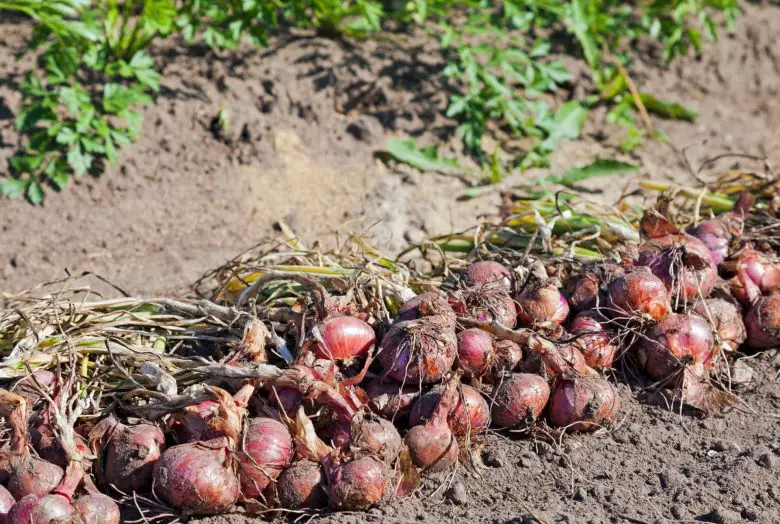
Harvesting onions requires some care to avoid damage to the plants and to ensure optimal conservation of the bulbs.
Before you start harvesting, be sure to water the soil around the plants thoroughly. This will help loosen the soil and make it easier to pull the onions out.
With the help of a garden fork, start gently lifting the soil around the onions. Be careful not to damage the bulbs during this operation. You can also gently pull the onions by simply lifting them off the ground, making sure to hold the stem firmly to avoid tearing the bulbs.
Once you have pulled the onions out of the ground, gently remove the excess soil and roots. Avoid rubbing the onions too much, as the protective skin could be damaged and compromise conservation.
Remember that care and attention when harvesting onions will help preserve their quality and ensure their long-term storage.
How to store onions for a long time once harvested?
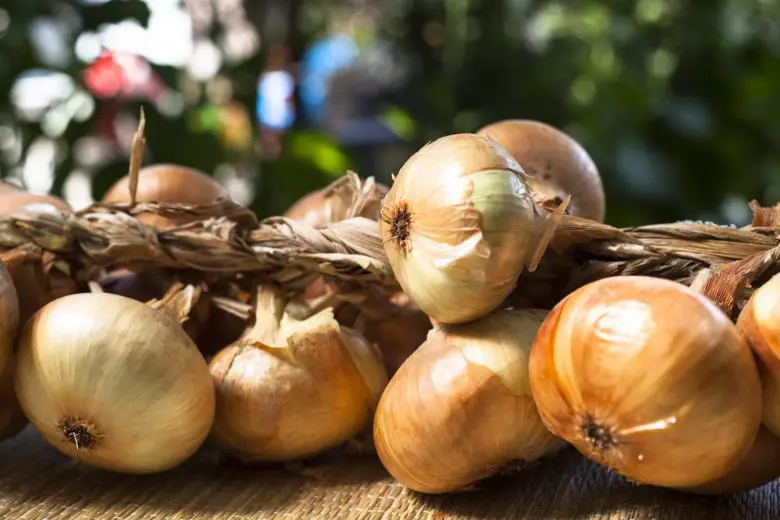
Once harvested, onions can be stored in a number of ways. One of the traditional techniques is drying by forming a braid.
After cleaning the onions, place them in a cool, dry and well-ventilated place.
You can spread out a single layer of onions on a drying table or rack. Make sure the onions are not overlapping, so that air can circulate around them. Let them dry for about 2-3 weeks or until the outer skin is dry, thin and slightly crunchy to the touch.
Once dried, to make a braid with the onions, select those with the longest and most resistant stems. Start by cutting off the top of the stem, leaving only about 10-15cm in length. Take three onion stalks and twist them together to start forming the braid. Tie the ends of the stems tightly together with a string or rubber band. Next, braid the shafts in a similar way to braiding your hair. Gradually add the onions weaving their stems together along the way. Make sure you arrange the onions evenly and keep the braid tightly to prevent fraying. Tie the trailing stems tightly together with a knot.
Hang the onion braid in a cool, dry, well-ventilated place, making sure they are not exposed to direct sunlight or moisture. Periodically check the braid to verify the condition of the onions and remove any deteriorated or bruised onions to prevent them from spreading to the other bulbs.
Onion plaiting is a traditional method for preservation and also offers a decorative aspect. However, if you prefer, you can also store dried onions in mesh bags or wooden crates, ensuring good ventilation and keeping the onions away from light and moisture.

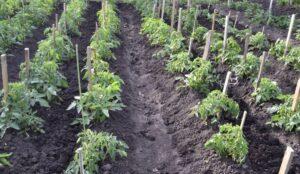
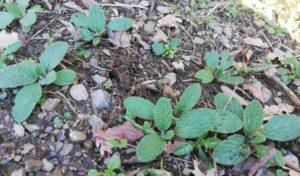

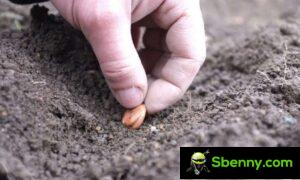
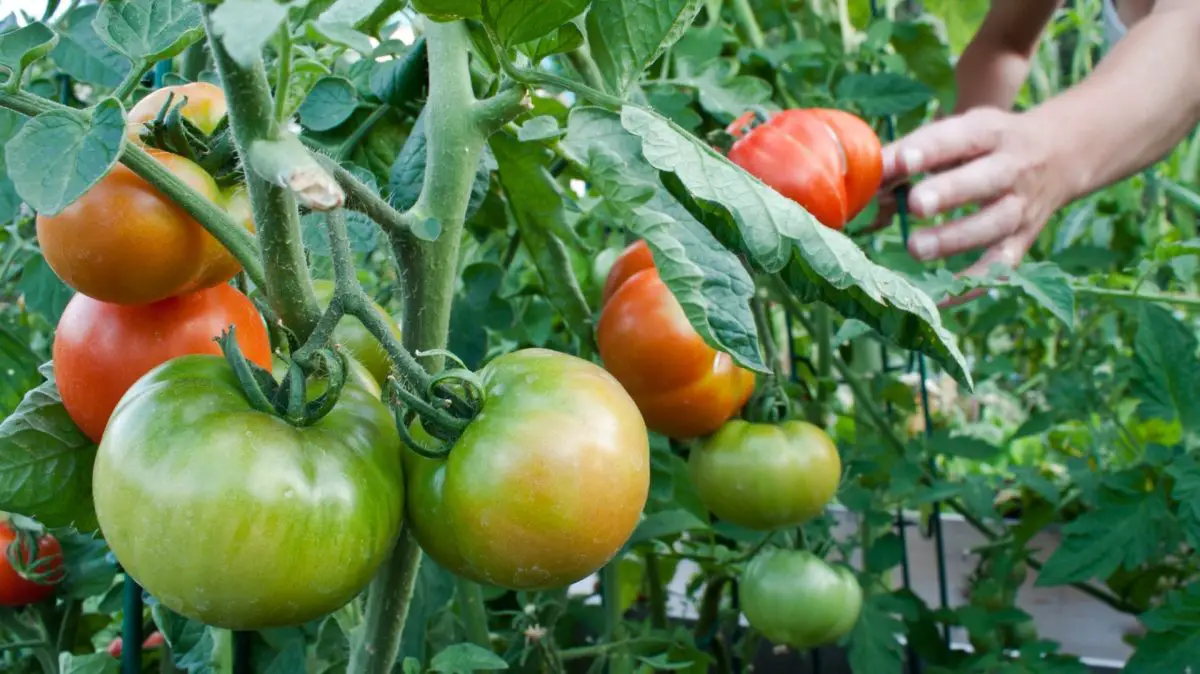
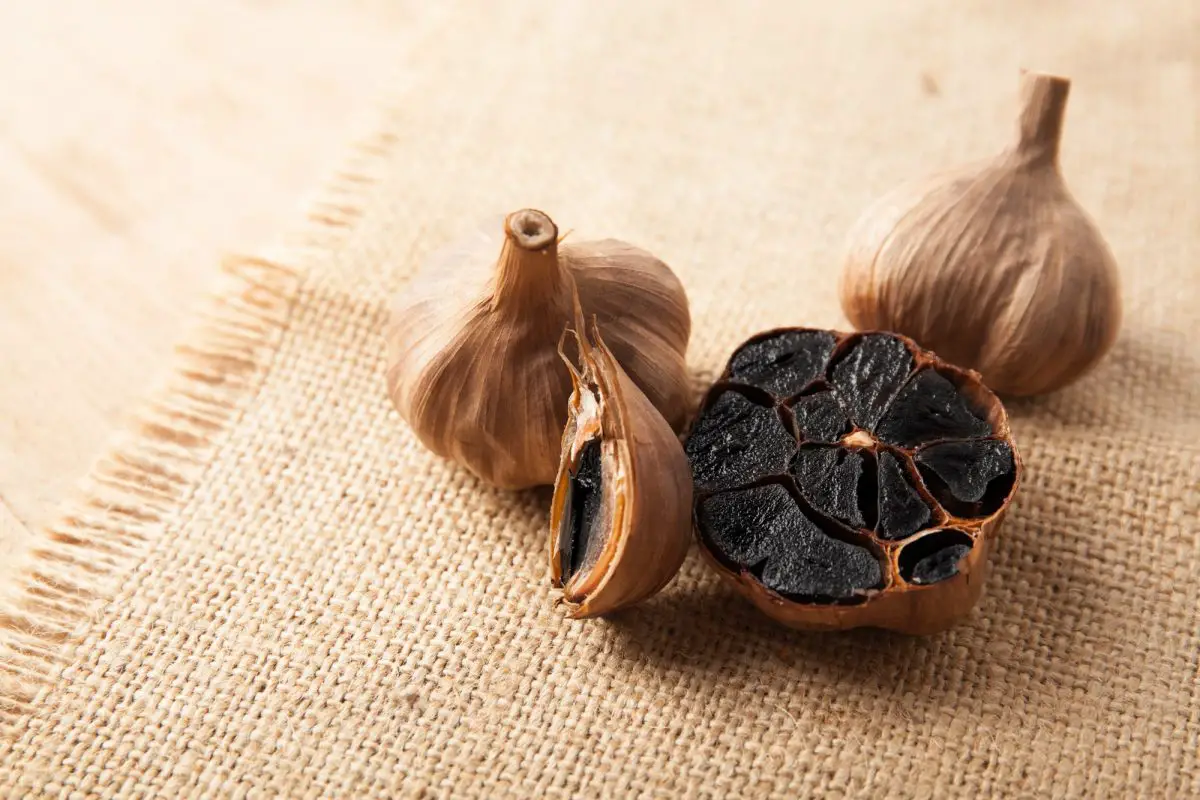
Ibda Thread ġdid